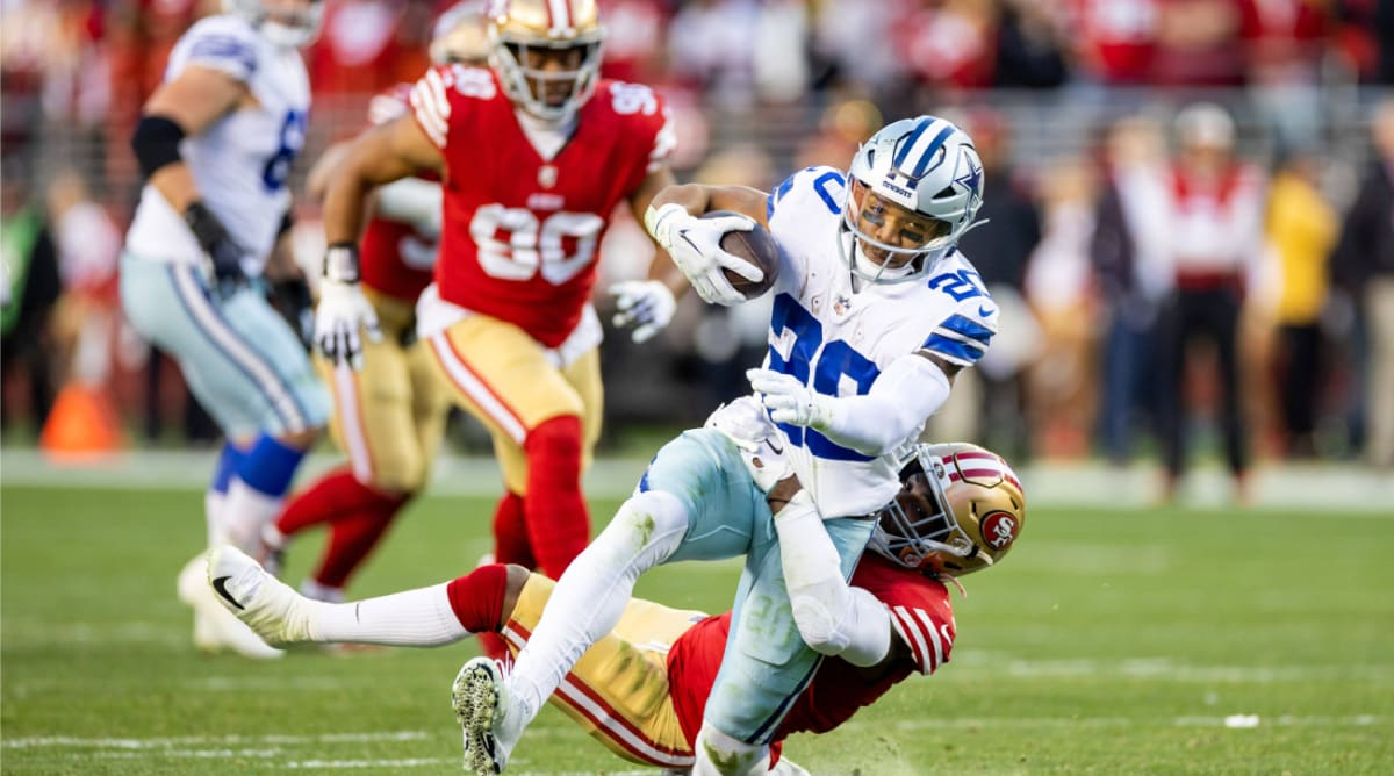Once the ball is kicked off, the kicker cannot cross the 50-yard line until ball touches the ground or player in landing zone or end zone, and the 10 kicking team players cannot move until the ball hits the ground or player in the landing zone or the end zone. The receiving team players in the set up zone also cannot move until the kick has hit the ground or a player in the landing zone or the end zone, but the returner(s) may move at any time prior to or during the kickoff.
Kickoff scenarios under the committee’s proposal would have the following rules:
- Kickoffs that hit the landing zone must be returned.
- Kickoffs that hit the landing zone and then go into the end zone must be returned or downed by the receiving team. If downed, the receiving team would get the ball at its own 20-yard line.
- Kickoffs that go into the end zone and stay inbounds that are downed would give the receiving team the ball at their own 35-yard line. Kickoffs that go out of the back of the end zone (in the air or bounces) would also be a touchback at the receiving team’s 35-yard line.
- Kickoffs short of the landing zone would be treated like a kickoff out of bounds and the receiving team would get the ball at its own 40-yard line.
Set up and landing zones will not change with any penalties that carry over to kickoffs, nor will the alignment of the 10 kickoff team players and all the receiving team players — only the spot of the kick would move. Penalties on scoring plays will not carry over and be taken on the point after attempt.
Onside kicks will also be played out with the new set up and landing zones under the proposal from the competition committee. The trailing team has the opportunity to declare an onside kick to the officials from the fourth quarter on. Current onside kick rules apply, and if the ball goes beyond the set up zone untouched, the kicking team would be penalized and the returning team’s drive would start at the 20-yard line.
The NFL added that the special teams working group will continue to work with the officiating department to examine any necessary approved rulings and/or additional language that may be necessary to support this new kickoff rule if passed. This language would be vetted with the clubs, circulated for comment to all the clubs, and finalized by May.
As it pertains to the hip-drop tackle, the competition committee defined the play as:
- If the defender “grabs the runner with both hands or wraps the runner with both arms; and unweights himself by swiveling and dropping his hips and/or lower body, landing on and trapping the runner’s leg(s) at or below the knee.”
The penalty for a hip-drop tackle would be 15 yards and an automatic first down.
